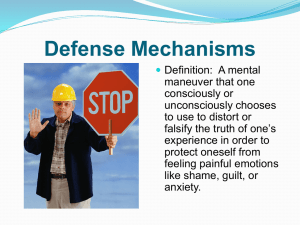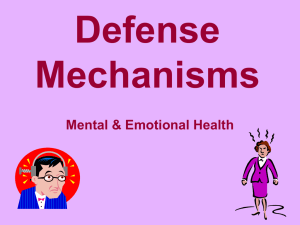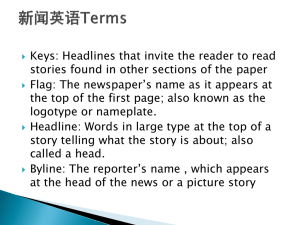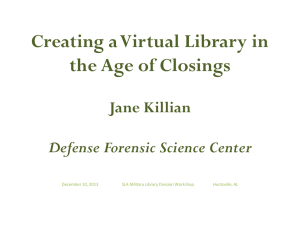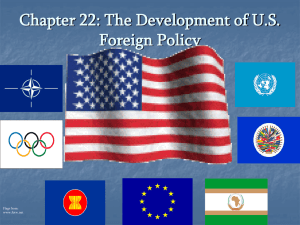Aim: What is the impact of Interest Groups on American Government?
advertisement
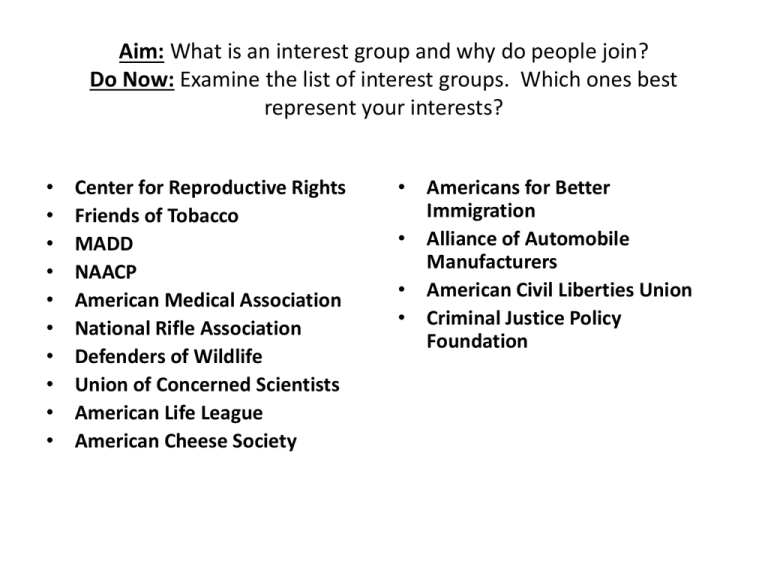
Aim: What is an interest group and why do people join? Do Now: Examine the list of interest groups. Which ones best represent your interests? • • • • • • • • • • Center for Reproductive Rights Friends of Tobacco MADD NAACP American Medical Association National Rifle Association Defenders of Wildlife Union of Concerned Scientists American Life League American Cheese Society • Americans for Better Immigration • Alliance of Automobile Manufacturers • American Civil Liberties Union • Criminal Justice Policy Foundation Sierra Club United Auto Workers (UAW) American Civil Liberties Union (ACLU) American Association of Retired People (AARP) National Association of the Advancement of Colored People (NAACP) National Rifle Association Interest Groups in Govt. Interest Group: Any organization that seeks to influence public policy. They are a linkage institution: They help link citizens to government Represent cleavages in our society • Federalist #10 • They have many access points to government • Where parties are weak, they operate in the government • Where parties are strong, they work through the party Types of Interest Groups: Institutional: Individuals or organizations representing other organizations. (General Motors, American Cotton Manufacturers Institute, U.S. Chamber of Commerce, Nat. Association of Counties) - They tend to focus on “bread-and-butter” issues (economic issues that impact everyone) Membership: Individuals or organizations representing individual people of a particular interest (NAACP, Sierra Club, NRA) Types of Interest Groups • Economic – Labor unions, agricultural, Business, Professional • Consumer – public interest, environmental • Equality and Justice – racial issues, gender issues, minority issues Types of Interest Groups: • 501 (c) (3): nonprofit group that may legally address political matters but may not lobby or campaign; donations to it are tax deductible • 501 (c) (4): Nonprofit group that is permitted to lobby and campaign; donations to it are not tax deductible Why people join: Incentives: • Material: money or things valued in monetary terms (AARP) • Solidary: social rewards, companionship, sense of belonging (NAACP, LWV) • Purposive: benefit from serving a cause or principle. (Ideological groups - ACLU) – Public Interest Lobby: when the purpose of an organization will benefit nonmembers – Free Rider Problem – when people don’t join because they will benefit from the group’s efforts either way – Try to remain in the public eye – Do best when current administration is hostile to their cause Factors which Impact the Formation of Interest Groups 1. Broad economic developments create new interests and redefine old ones 2. Increasing government policy and programs need to be monitored 3. Social Movement – a widely shared demand for change in some aspect of the social or political order, e.g. Civil Rights Movement, Environmental Movement 4. Groups are organized because they are impacted by government activities, e.g. Labor Unions, social program group supporters Public Interest Law Firms: • • • • • • • • • • • • • • American Civil Liberties Union Asian American Legal Defense Fund Atlantic Legal Foundation Lawyers’ Committee for Civil Rights Mexican American Legal Defense Fund Washington Legal Foundation Pacific Legal Foundation Mountain States legal Foundation Women’s Legal Defense Fund The Center for Individual Rights Criminal Justice Legal Foundation Natural Resources Defense Council Landmark Legal Foundation NAACP Legal Defense and Education Fund Liberal • American Civil Liberties Union • Asian American Legal Defense Fund • Lawyers’ Committee for Civil Rights • Mexican American Legal Defense Fund • Women’s Legal Defense Fund • Natural Resources Defense Council • NAACP Legal Defense and Education Fund Conservative • • • • • • • Atlantic Legal Foundation Washington Legal Foundation Pacific Legal Foundation Mountain States legal Foundation The Center for Individual Rights Criminal Justice Legal Foundation Landmark Legal Foundation



